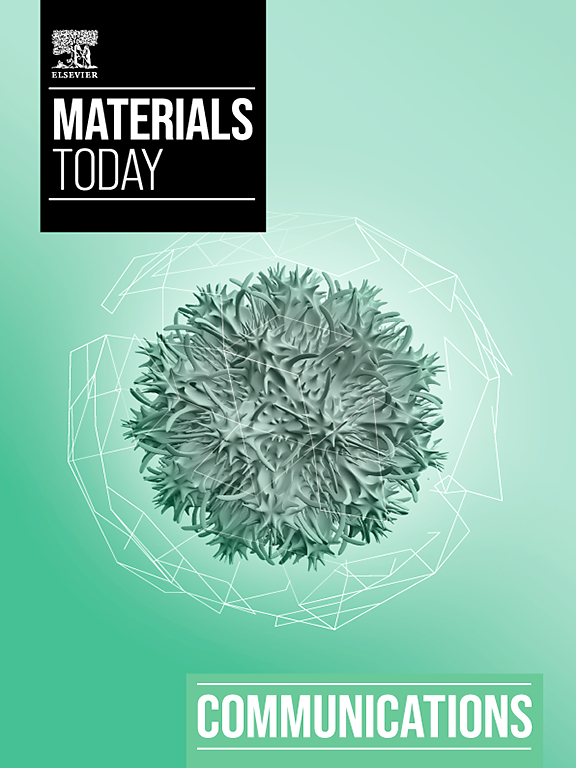On microstructures and mechanical properties of automotive (Graphtie-TiB2)/Cu composites with different milling times
IF 4.5
3区 材料科学
Q2 MATERIALS SCIENCE, MULTIDISCIPLINARY
引用次数: 0
Abstract
Copper (Cu) matrix composites are the most attractive materials in rail transit, aerospace and other fields because of their excellent electrical conductivity and strength. The aim of this study was to determine the effect of milling time on the microstructure and mechanical properties of the (Graphtie-TiB)/Cu composites. The composites were prepared using rapid hot pressing sintering at the milling time of 4, 6, 8, 10 and 12. The structural, physical and mechanical properties of the composites was characterized using X-ray diffraction (XRD), scanning electron microscopy (SEM), and compression test. The results revealed that the particles size decreased with an increase in milling time, especially the particles size drop sharply during the first 4 h of milling, and the particles size directly decreased from 44.3 μm to about 13.2 μm. The full width at half maximum of diffraction peak increased gradually with an increase in milling time. The relative density, hardness, elastic modulus, electrical conductivity and compressive strength of the composites reached the maximum at 6 h, which were 99.1 %, 86.6 HV, 137.1 GPa, 45.6 %IACS, and 228.8 MPa, respectively. Compared with 12 h, the hardness, electrical conductivity and compressive strength at 6 h were increased by 5.7 %, 79.4 % and 56.9 %, respectively. Finally, the fracture mechanism of the composites was analyzed by observing the fracture morphology.不同研磨时间的汽车(石墨-TiB2)/铜复合材料的微观结构和机械性能
铜(Cu)基复合材料因其出色的导电性和强度而成为轨道交通、航空航天和其他领域最具吸引力的材料。本研究旨在确定研磨时间对(Graphtie-TiB)/铜复合材料微观结构和机械性能的影响。采用快速热压烧结法制备的复合材料的研磨时间分别为 4、6、8、10 和 12。利用 X 射线衍射(XRD)、扫描电子显微镜(SEM)和压缩试验对复合材料的结构、物理和机械性能进行了表征。结果表明,随着研磨时间的延长,颗粒尺寸逐渐减小,特别是在研磨的前 4 小时,颗粒尺寸急剧下降,从 44.3 μm 直接减小到约 13.2 μm。随着研磨时间的延长,衍射峰的半最大全宽逐渐增大。复合材料的相对密度、硬度、弹性模量、电导率和抗压强度在 6 h 时达到最大值,分别为 99.1 %、86.6 HV、137.1 GPa、45.6 %IACS 和 228.8 MPa。与 12 小时相比,6 小时的硬度、导电率和抗压强度分别提高了 5.7%、79.4% 和 56.9%。最后,通过观察断口形态分析了复合材料的断裂机理。
本文章由计算机程序翻译,如有差异,请以英文原文为准。
求助全文
约1分钟内获得全文
求助全文
来源期刊

Materials Today Communications
Materials Science-General Materials Science
CiteScore
5.20
自引率
5.30%
发文量
1783
审稿时长
51 days
期刊介绍:
Materials Today Communications is a primary research journal covering all areas of materials science. The journal offers the materials community an innovative, efficient and flexible route for the publication of original research which has not found the right home on first submission.
 求助内容:
求助内容: 应助结果提醒方式:
应助结果提醒方式:


